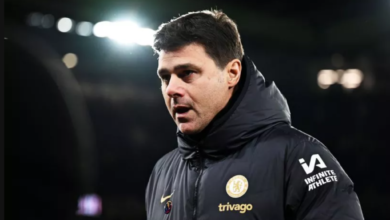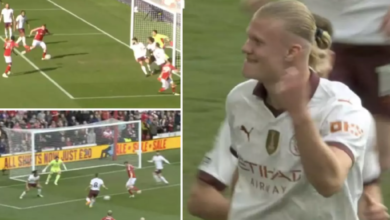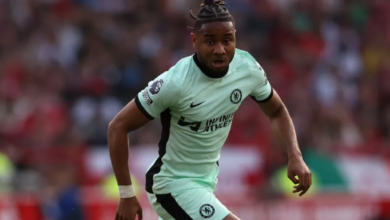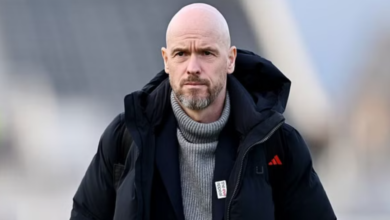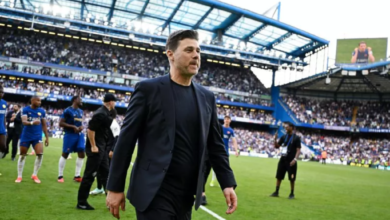Why Tariq Lamptey Wasn’t Sent Off After Mykhailo Mudryk Collision During Brighton vs Chelsea: A Detailed Analysis of Refereeing Decisions and Football Regulations
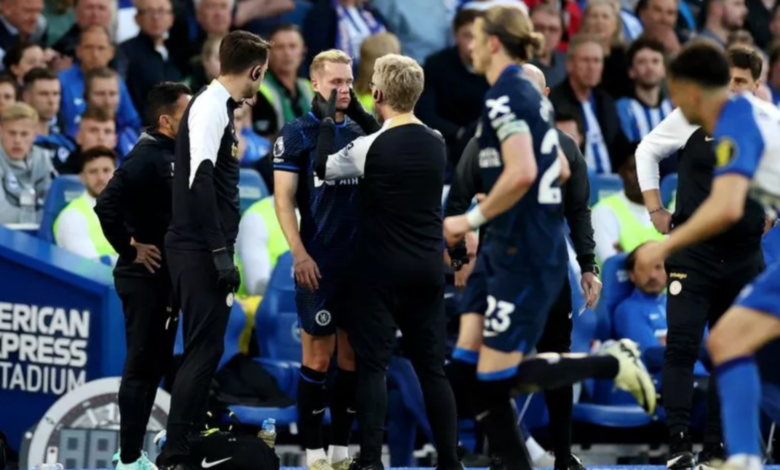
The collision between Tariq Lamptey and Mykhailo Mudryk during a recent match between Brighton and Chelsea prompted Chelsea to utilize a concussion substitution for Mudryk. This decision raised questions about why Lamptey wasn’t penalized for the incident.
The clash occurred in the first half of the game at the Amex Stadium, with Lamptey and Mudryk grappling for possession. Mudryk ended up receiving an elbow to the jaw, causing him to collapse on the field while clutching his head. The on-field medical team rushed to attend to him.
Meanwhile, the Video Assistant Referee (VAR), led by Peter Bankes and James Mainwaring, reviewed the collision from Stockley Park. Despite the intense scrutiny, they couldn’t find sufficient evidence to penalize Mudryk for a foul.
Shortly after, Chelsea decided to exercise their concussion substitution option, replacing Mudryk with Christopher Nkunku. This move highlighted the importance of concussion protocols introduced by the Premier League in February 2021.
These protocols allow each team to make up to two concussion substitutions per match after consulting with the on-field referee and the club’s medical staff. The Premier League’s initiative, in collaboration with medical experts and national associations, aims to enhance the management of potential head injuries in football.
Moving forward, Mudryk’s recovery will be closely monitored and assessed according to The FA’s concussion guidelines. If no concussive injury is detected during post-match evaluations, the player can return to training as advised by the club’s medical team. Clubs using concussion substitutions must provide detailed medical information and reports within seven days of the player’s return to training or play.
In essence, the incident underscores the ongoing efforts to prioritize player safety and implement effective concussion protocols in football.
